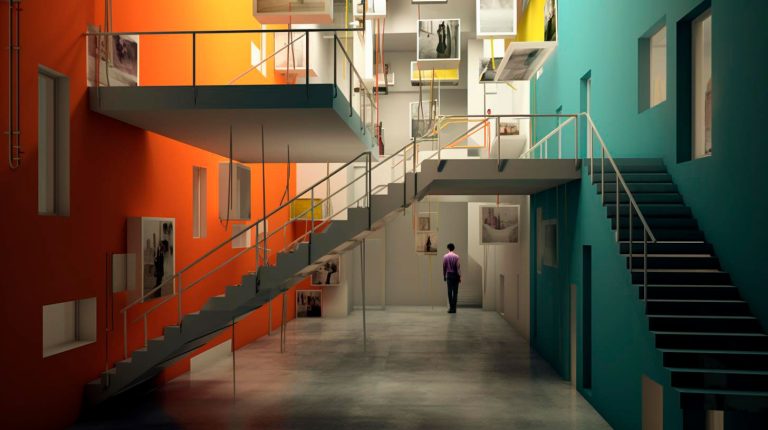The Beauty of Minimalism
Minimalism is the art of simplicity, stripping away unnecessary elements to create a harmonious and clutter-free environment. When applied to technology, minimalistic designs focus on essential features and functionality. By eliminating visual noise and distractions, users can navigate interfaces more easily, leading to a better user experience.
Advantages of Minimalistic Designs:
- Enhanced usability and intuitive navigation
- Faster load times and improved performance
- Less cognitive load and reduced decision fatigue
Statistics show that minimalist websites tend to have lower bounce rates and higher conversion rates compared to cluttered ones. Users appreciate the simplicity and ease of use, encouraging them to stay longer and engage more with the content.
The Mesmerizing Power of Symmetry
Like minimalism, symmetry is a design principle that promotes order. Symmetrical designs provide a sense of stability, balance, and visual harmony. They appeal to our innate need for orderliness and can evoke a positive emotional response.
In web design, symmetry can be achieved through carefully balanced layouts, grids, and well-aligned elements. It creates a sense of professionalism, trustworthiness, and aesthetic appeal.
Key Takeaways from Symmetrical Designs:
- Instills a sense of trust and credibility
- Aids in visual organization and hierarchy
- Creates a perception of elegance and beauty
A study conducted by the Missouri University of Science and Technology found that symmetrical websites were perceived as more beautiful and trustworthy by users. The researchers also discovered that symmetrical designs garnered higher ratings for usability and ease of understanding.
Bringing Order to Chaos
Minimalism and symmetry are not limited to aesthetics alone; they also have real-world applications in various industries.
For example, in architecture, minimalistic designs and symmetrical structures provide calmness and balance within physical spaces. This combination can create a serene environment that promotes clarity of thought and enhances overall well-being.
In product design, incorporating minimalistic and symmetrical elements can improve functionality and user experience. Clean and intuitive interfaces and symmetrically balanced shapes contribute to user satisfaction and ease of use.
Bringing these principles into technology and everyday life can help us find harmony amidst the tangled web of chaos. By consciously simplifying and introducing symmetry into our surroundings, we can reduce stress, streamline our thought processes, and improve our overall well-being.
The Power of Minimalism and Symmetry
Minimalism and symmetry enable us to declutter our lives, both physically and digitally. By focusing on what truly matters, we can achieve a state of balance and find order in the chaos. Incorporating these principles in design, whether in technology or aesthetics, can enhance user experiences, improve usability, and evoke positive emotional responses.
Key Takeaways:
- Minimalistic designs enhance usability and reduce decision fatigue.
- Symmetrical designs instill trust and create an organized visual hierarchy.
- Adopting minimalism and symmetry can bring calmness and clarity to our daily lives.
Embracing simplicity and order can have a profound impact on our well-being. By implementing minimalism and symmetry in our designs and lifestyles, we can create a harmonious environment that fosters focus, creativity, and a sense of tranquility.

















+ There are no comments
Add yours